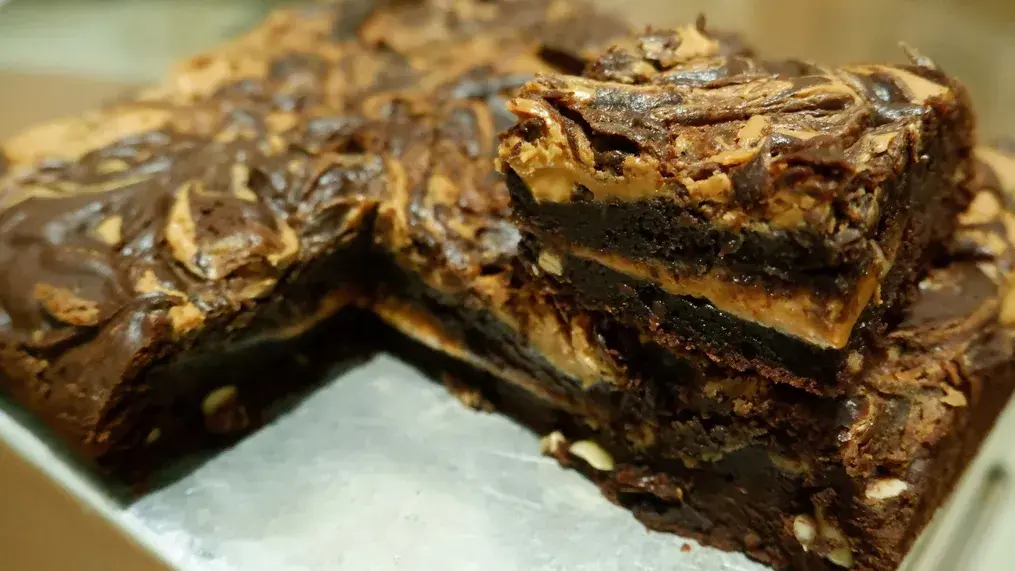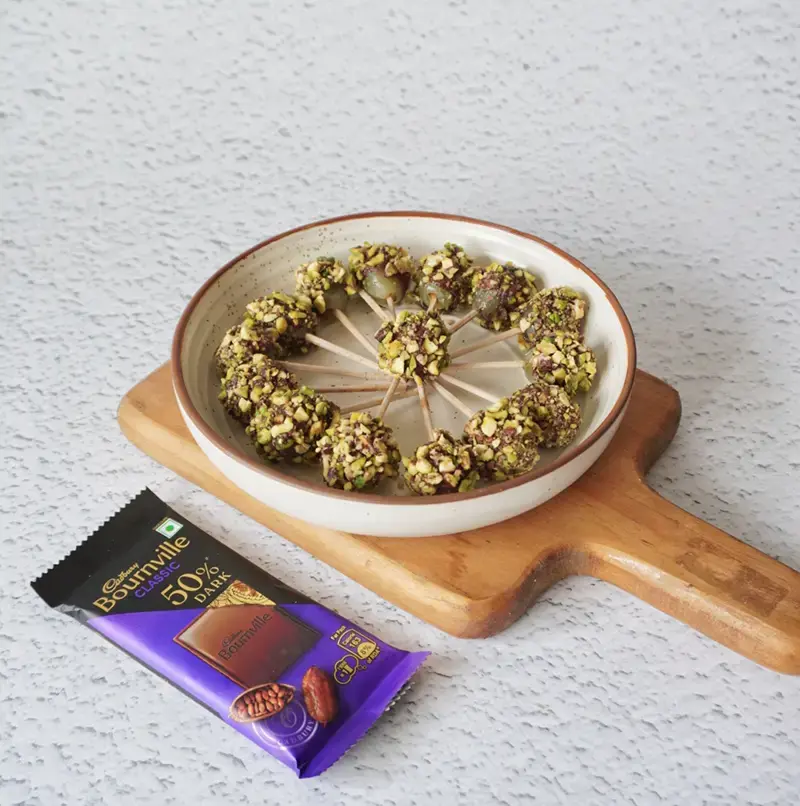- Home
- Articles
- Your Foolproof Guide to the Choux-sier Than Thou French Choux Pastry with Minimal Effort
The haughty choux pastry could not get more French with its tricky temperamental baking and preparation method. Get the math wrong and you end up with something that is unsalvageable. But we got you with our guide, especially if this is your first time making choux pastry.

The haughty choux pastry could not get more French with its tricky temperamental baking and preparation method. Get the math wrong and you end up with something that is unsalvageable. But we got you with our guide, especially if this is your first time making choux pastry.
Pâte à Choux or Choux pastry is a deceptively simple paste or dough consisting of eggs, milk or water, butter, and flour. When baked, the interaction of steam and eggs causes the dough to puff into a light, hollow shell. This forms the template or the shell that is the base of confections like éclairs, cream puffs, and profiteroles.

The cooking process results in a crisp outer layer surrounding an airy, pudding-like interior. This allows the pastry to hold its shape when filled. Choux is simple to make but produces an impressive bakery-quality product thanks to its dramatic rise in the oven. Its adaptability also allows for experimentation with different flavors. It’s no surprise that it was the head chef of an Italian noble lady (who is also credited for bringing macarons to France and marrying the King of France) who invented this marvelous creation in the mid-1500s, given it’s so tricky to master.
Some Pro Tips to Make Choux Pastry

The liquid component is important for texture and color. Using a combination of milk and water generally works best, as the milk adds tenderness and richness while the water allows for higher baking temperatures. However, you can also use all milk or all water if desired.
Butter is traditionally used for its flavor, though margarine (dalda) can be substituted if needed. Pastry flour is preferable to bread flour as it contains less gluten, preventing cracks from forming as the pastry bakes and expands. If using bread flour, you may need to increase the hydration slightly.
A small amount of sugar, along with salt, enhances both the color and taste of the finished choux. Be careful not to over boil the liquid flour mixture, as this can negatively impact how the flour hydrates and absorbs the eggs later. Similarly, avoid over-mixing the dough after adding the flour, as overheating at this stage can cause the proteins to denature prematurely.
Proper hydration is key, so be sure to use enough combined liquid from the water/milk and eggs. This water content is what generates the steam during baking that allows the choux to rise dramatically in the oven. Underhydrated dough will not puff up as well.
Take care when shaping and baking the choux pastry to achieve the signature hollow, puffed texture. An initial high oven temperature helps set the exterior, while a lower temperature afterwards fully dries out the interior. For best results, enjoy baked choux creations within a day or two of finishing, as extended storage can cause them to deflate. With a bit of practice, you'll be a choux pastry master in no time!
Choux Pastry Recipe

(makes about 12 pastries)
It can be tricky to make this delicate pastry, not to put the fear of the unknown into you, but choux pastries make even the most confident and skilled baker shake in their boots. But don’t worry we’ll be holding your hand for this one. Just make sure you go through the recipe a couple of times before you begin.
Ingredients:
- 100 ml water
- 100 ml milk
- 100 gm butter
- 1/2 tsp salt
- 100 gm all-purpose flour
- 4 eggs
Equipment:
- Saucepan
- Wooden spoon
- Piping (pastry) bag fitted with a large round tip
- Baking sheet lined with baking paper
Instructions:
- Let's start by preparing the wet ingredients. Place the water, milk, butter, and salt in a saucepan. Melt the butter over medium heat, stirring occasionally, until the butter completely dissolves.
- Remove the pan from the heat and add the flour all at once and then stir vigorously with a wooden spoon, until the mixture forms a smooth ball. It should pull away from the sides of the pan in a single mass.
- Next, return the pan to low heat on the stove and continue cooking while stirring for about 1 minute to dry out the dough slightly. The dough should feel smooth and thick.
- Transfer the dough to a big mixing bowl. Now, add the eggs to another mixing bowl and lightly beat the eggs. Slowly pour the eggs into the dough a little at a time, beating well with a wooden spoon after each addition, until fully incorporated.
- The dough is now ready to pipe. Fit the piping bag with the round tip. Twist the bag just above the dough to push it all down. Pipe ping pong ball-sized rounds about 2 cm apart onto the prepared baking sheet.
- Preheat your oven to 250°C, then almost immediately drop the oven temperature to 180°C. Bake for 25-30 minutes until puffed and golden brown; do not open the oven to check; it will hamper the baking process. Carefully remove from the oven and use a sharp knife to cut a small slit in the side of each pastry to release steam.
Like This Article?
More Like This




Popular Articles





Trending Web Stories
Curated Recipes


















